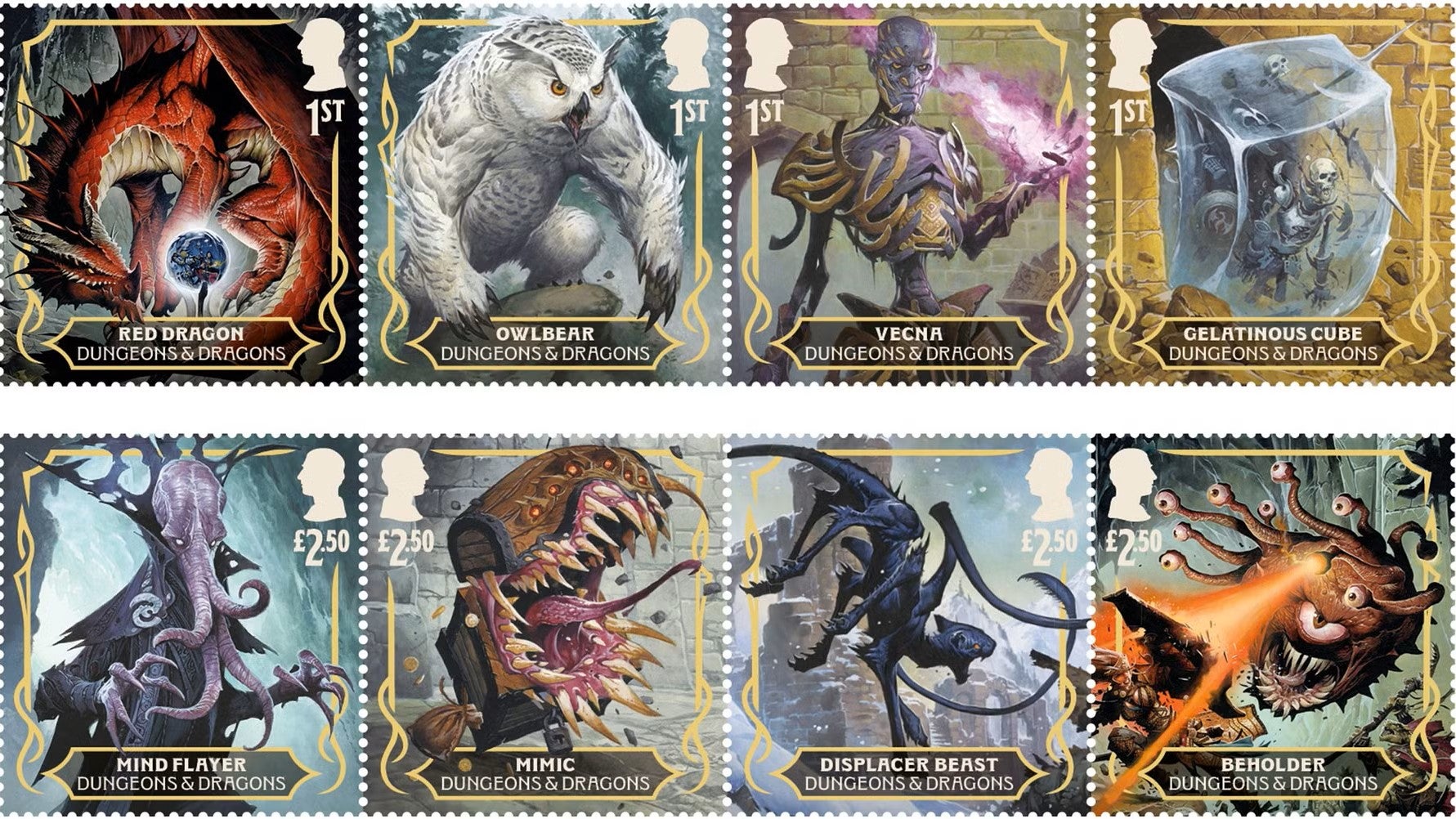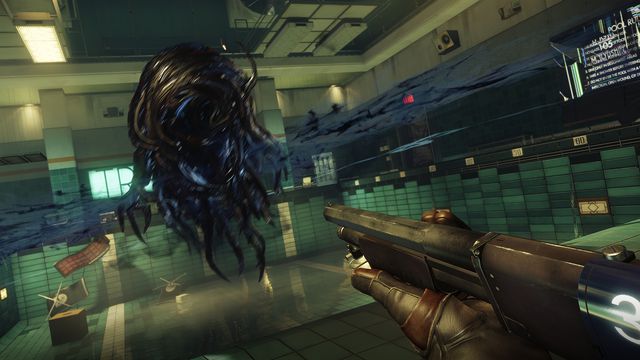It can be difficult to watch Landscape with Invisible Hand and not feel a bit like the boxy, slug-like race at the center of its alien-invasion allegory. As introduced in the M.T. Anderson novella of the same name, the vuuv look upon humanity with a mixture of fascination and condescension, their keen (but shallow) fixation on romance and visual art fueled by having evolved beyond both as a species. Craning their artfully rendered eyestalks in the direction of an aspiring painter like Adam Campbell (Asante Blackk), the vuuv slap and scrape their textured, paddle-like appendages together and their Alexa-like translation devices burble out “What purpose does it have?” Given its near-future United States of widespread unemployment, shuttered schools, and financially devastating terms of service, the purpose of director Cory Finley’s anti-capitalist satire is never in doubt. And yet you may still find yourself staring intently at Landscape with Invisible Hand and puzzling: A concept this potent and imaginative, in the hands of such an exciting and promising young talent – shouldn’t it be better?
Hailing from one of the literature of ideas' more sardonic quadrants, Landscape with Invisible Hand might be more enjoyable to think about than it is to watch. The vuuv are a tremendously versatile metaphor: They’re commerce run amok, they’re a warning against technological progress at any cost, they’re the ruinous fallout of colonization disguised as (in one character’s words) a “gooey coffee table.” Their arrival on Earth turns a classic sci-fi scenario on its head, efficiently summarized by a cutesy, introductory animation in which the potential calamities of first contact are averted not by governments or militaries, but by our planet’s most enterprising merchants. It’s “To Serve Man” and “eat the rich” in a single package – it’s also awfully early in the runtime for Landscape with Invisible Hand to land its biggest laugh.
In an exceedingly clever and almost too-close-to-home touch, these disruptors from beyond the stars eliminate toil and inefficiency across their latest global acquisition and pass none of the savings on to the majority of Earthlings. And so a stratified society only becomes more so, as represented by the hovering vuuv settlement that renders Adam’s hometown into the corporate-architecture version of a Boston album cover and the upstairs/downstairs dynamic the big-hearted teen inadvertently creates when he invites the family of new-kid-in-town Chloe Marsh (Kylie Rogers) to crash at the Campbell house.
When Adam and Chloe fall in like with one another, they hatch a scheme to bail their folks out of financial jeopardy: Turning their budding relationship into a monetized livestream for the TV-obsessed vuuv, broadcast via the neural “node” that enables the kids’ immersive, high-tech curriculum. At first, this development is positioned as the nucleus around which Landscape with Invisible Hand orbits, but its cracked rom-com setup mostly gives Finley the opportunity to demonstrate his flair with a close-up. The story actually being told here is an ensemble piece indebted to the slice-of-life vignettes that make up Anderson’s book.
This allows Landscape with Invisible Hand to widen its scope while maintaining a small scale, using the Campbell home as the stage for a mixed bag of scenes depicting the brave-new-world foibles of Mr. Marsh (Josh Hamilton) and his son, Hunter (Michael Gandolfini), a surprise visit from Adam’s father (William Jackson Harper – reliable as ever, but too briefly onscreen), and, most prominently, the difficult bargain that leads to Campbell matriarch Beth (Tiffany Haddish) pretending that she’s married to a vuuv.
Yet this mid-film pivot also reads like a confession that no one gathered under the Campbell roof is captivating enough to carry a whole movie. It’s an occupational hazard: Devoid of strong performances and razor-sharp writing, the people in a satire can feel less like characters and more symbols or mouthpieces. That’s certainly the case with the Marsh men, two specimen of the aggrieved 21st century American male only slightly enlivened by Hamilton and Gandolfini. (The script stops short of giving the latter a variation on his old man’s “I came in at the end” monologue – but just barely.) Haddish’s typical star power shines in the sitcom-like (and sitcom-inspired) climax of her subplot, but an earlier dramatic moment feels like it’s cut in from a flubbed first take.
Finley might not have done himself any favors by choosing the mysteries of the creative process as the cornerstone of Landscape with Invisible Hand’s argument against the vuuv’s profit-and-productivity lifestyle. For all the paintings tracing the arc of this interplanetary occupation, for all the artistic temperament apparent in Blackk’s portrayal of Adam, the need to put himself, his experiences, and his feelings on the canvas remains a tricky subject to capture onscreen. There’s almost a resignation in his admission that painting is something he just does, and it takes a fake-out bummer ending to grant it a greater importance to the character. The reversal is a timid move, but it’s also more in keeping with the resiliency-of-the-human-spirit material that proceeds it.
Giving the audience just enough information is one of Finley’s greatest gifts as a filmmaker, and it suits the world-building of a project like this one. While his screenplay occasionally shortcuts characterization and plot details – Beth tells us her son is empathetic to a fault; Chloe recalls the vuuv’s curiosity about human courtship rituals at a convenient junction – the director litters the frame with invitations to connect the dots. Conserved bottles of water, makeshift dining room lighting, and the remnants of a grand piano dropped from a great height tell us just as much as Mr. Marsh’s listless afternoon in front of cable-news crosstalk or Beth’s tense confrontation with her extraterrestrial boarder. Landscape with Invisible Hand’s world never feels anything less than lived-in – though it’s no place you’d want to live in.






